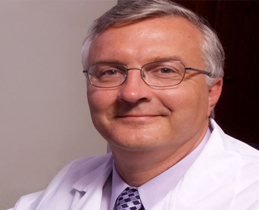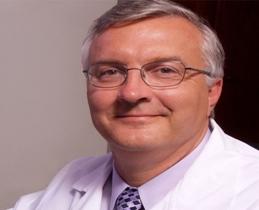Help: I can’t stay awake! An Emory researcher finds hope for hypersomnia

Dr. David Rye, professor of neurology at Emory University School of Medicine, has discovered a mysterious “somnogen” apparently produced by the human body and tied to a rare sleep disorder.
From time-to-time, most of us suffer from insomnia. The inability to sleep can cause huge problems.
But less well-known is the opposite condition, a type of hypersomnia. Sufferers can sleep 16 hours or more a day and still never feel rested.
An Emory researcher believes he’s uncovered why it happens. But there’s a problem standing between patients and treatment.
To use a car analogy, Dr. David Rye of the Emory Sleep Center says it’s like patients are driving through life with their parking break engaged. They’re always sleepy.
“Humans, at least a subset of them, make a substance that essentially mimics common sleeping pills and anesthetic agents.”
It’s hard to wake up when your body is pumping the equivalent of Xanax through you all the time.
If doctors properly made a diagnosis—Rye says that’s pretty rare—the standard treatment was to amp patients up on prescription amphetamines.
“And the analogy I use is this is akin to sort of ‘Boy, the patient is sleepy. Let’s push the accelerator harder. Give ‘em some more gasoline.’”
That can cause lots of mental and physical problems.
But Rye’s discovery that the spinal cord itself is making sleep-inducing chemicals led to a hypothesis.
Could the emergency room drug used to bring people out of a Xanax-induced coma also turn off the “sleep” chemicals these patients’ bodies are churning out?
Basically, yes.
But there’s a problem:
“From my knowledge, one company only makes 50-grams per year. So the typical dose is .5-milligrams.”
Because of the need for constant dosage, treating just four or five patients a year would eat through the entire global supply.
And pharmaceutical companies aren’t convinced there’s a big enough market to warrant investing in the drug.
So on a lot of levels, Rye says there’s still much to be done.
The research is published in the journal, Science Translational Medicine.
Jim Burress, WABE News
9(MDAxODM0MDY4MDEyMTY4NDA3MzI3YjkzMw004))





